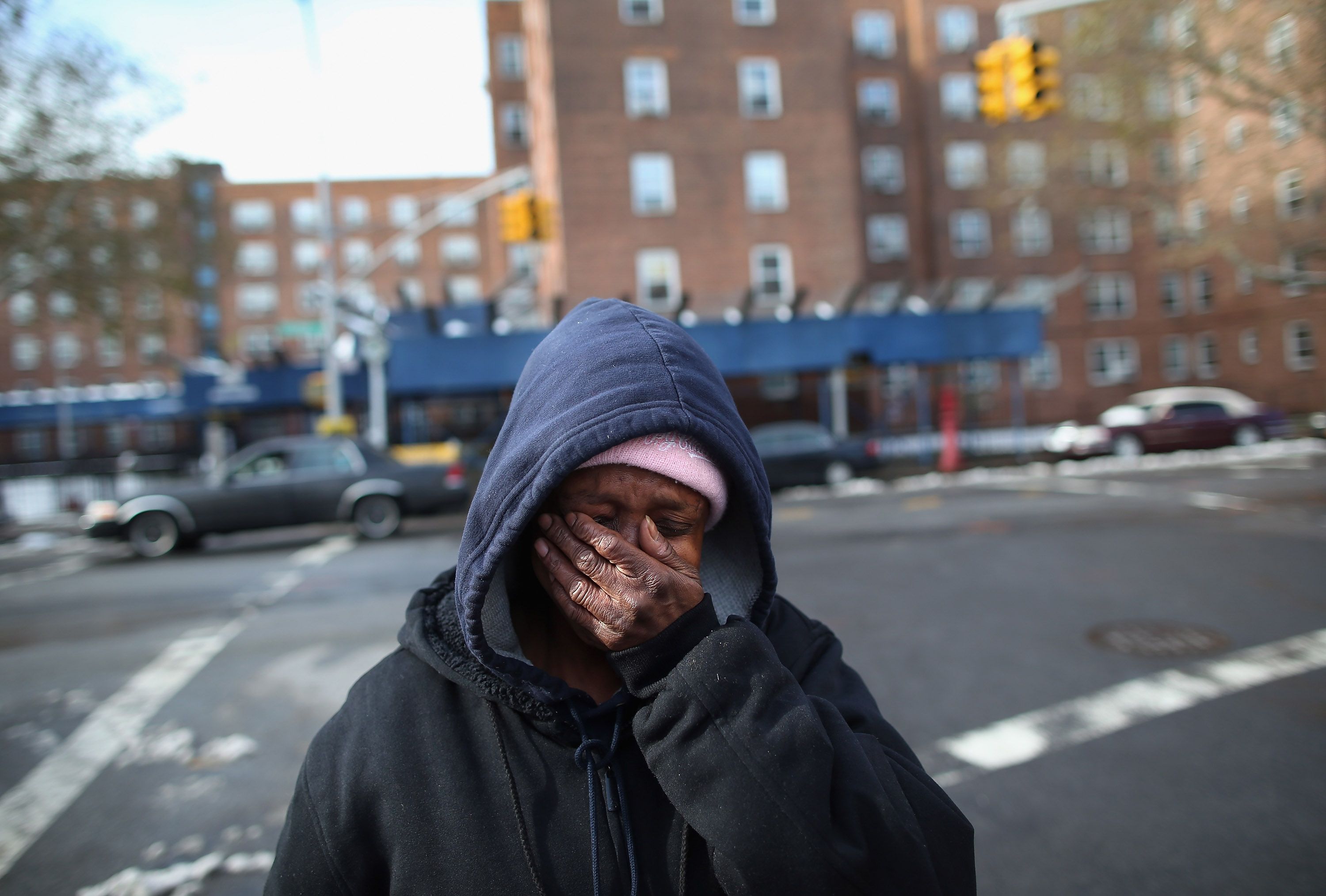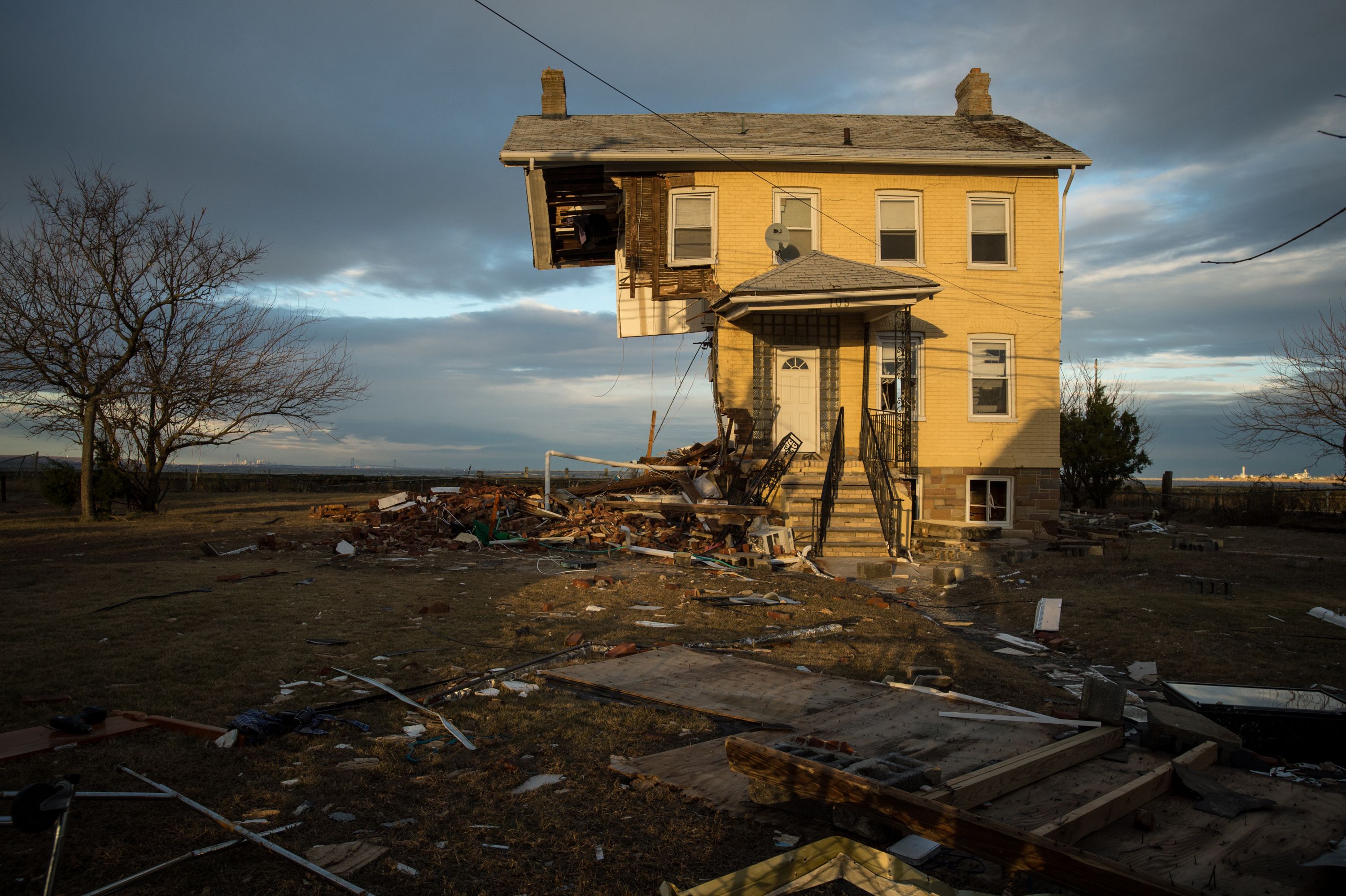The Devastating Impact of Superstorm Sandy
Superstorm Sandy made landfall over New Jersey on October 29, 2012. This historic storm caused catastrophic damage across the region, leading to widespread suffering and loss.
Effects of the Storm
The storm surge destroyed homes, ripped apart piers on the Jersey Shore, and inundated subway and highway tunnels in New York. Consequently, nearly 8 million people lost power across 15 states and Washington, DC.
Loss of Life and Economic Impact
Sandy was responsible for at least 72 deaths in the United States and caused an estimated $81.9 billion in damages, making it the fourth-costliest US storm, following Hurricane Katrina, Hurricane Harvey, and Hurricane Maria, according to the National Oceanic and Atmospheric Administration.
Scenes of Destruction
In New York, the Breezy Point neighborhood suffered greatly, with numerous homes lost to a fire that erupted during the peak of the storm. A resident poignantly described the devastation, stating, “In all honesty, it looks like a war zone. It looks like during the night that fighter planes or bombers came through and just bombed the entire area. It just looks terrible.”




Community Resilience Post-Sandy
The aftermath of Superstorm Sandy left communities devastated, yet the resilience displayed by the residents of New Jersey and New York became a significant aspect of their recovery stories. Local organizations worked tirelessly to support those affected, providing necessities and emotional assistance.

In conclusion, the impact of Superstorm Sandy is a reminder of the power of nature and the importance of preparedness. The ongoing recovery efforts highlight the strength of community bonds and the need for comprehensive disaster response strategies.




